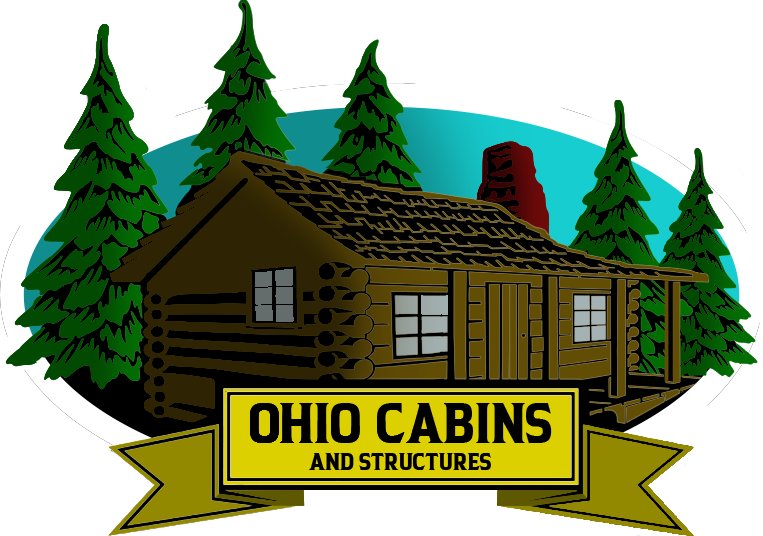The idea of “off grid living” has captured the imagination of many who seek a simpler, more self-sufficient lifestyle. But what does off grid living mean exactly? In essence, living off the grid means operating independently from traditional public utilities like electricity, water, sewage systems, and even in some cases, communications networks. It’s a return to self-reliance, resourcefulness, and intentional living. In this article, we’ll explore the full meaning of off grid living, why people choose it, and what it really takes to succeed.
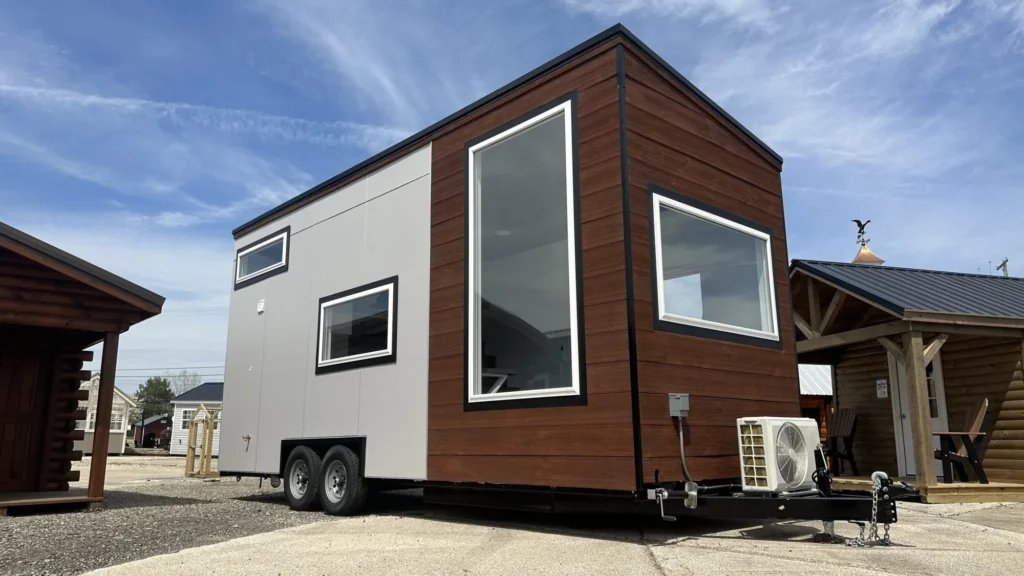
Defining Off Grid Living
It refers to a lifestyle where a household or property is completely or primarily self-sustained without relying on public infrastructure. This involves independently managing essential needs such as:
- Electricity (through solar panels, wind turbines, or micro-hydro systems)
- Water (via wells, rainwater harvesting, or natural sources)
- Waste management (with septic systems, composting toilets, or greywater recycling)
- Food production (gardening, hunting, foraging, or raising livestock)
While some off-griders choose to live completely disconnected from society, most maintain some ties, using satellite internet like Starlink, visiting nearby towns for supplies, and staying connected digitally.
Key Elements of Off Grid Living
To fully understand what it means, it’s important to recognize the essential pillars that support it:
- Shelter: A durable, energy-efficient home designed for independent living, often a cabin, tiny home, yurt, or earth-sheltered house.
- Energy Independence: Generating power through renewable sources like solar or wind, with battery storage systems for consistency.
- Water Independence: Securing clean water sources on-site and employing filtration and conservation methods.
- Waste Management: Managing human and household waste sustainably without access to public sewage systems.
- Food Self-Sufficiency: Growing or sourcing a portion of one’s own food, often supplemented by hunting, fishing, and foraging.
- Communication Access: Utilizing satellite internet and cell boosters to stay connected when needed.
Each household tailors these elements based on their location, climate, budget, and lifestyle goals.
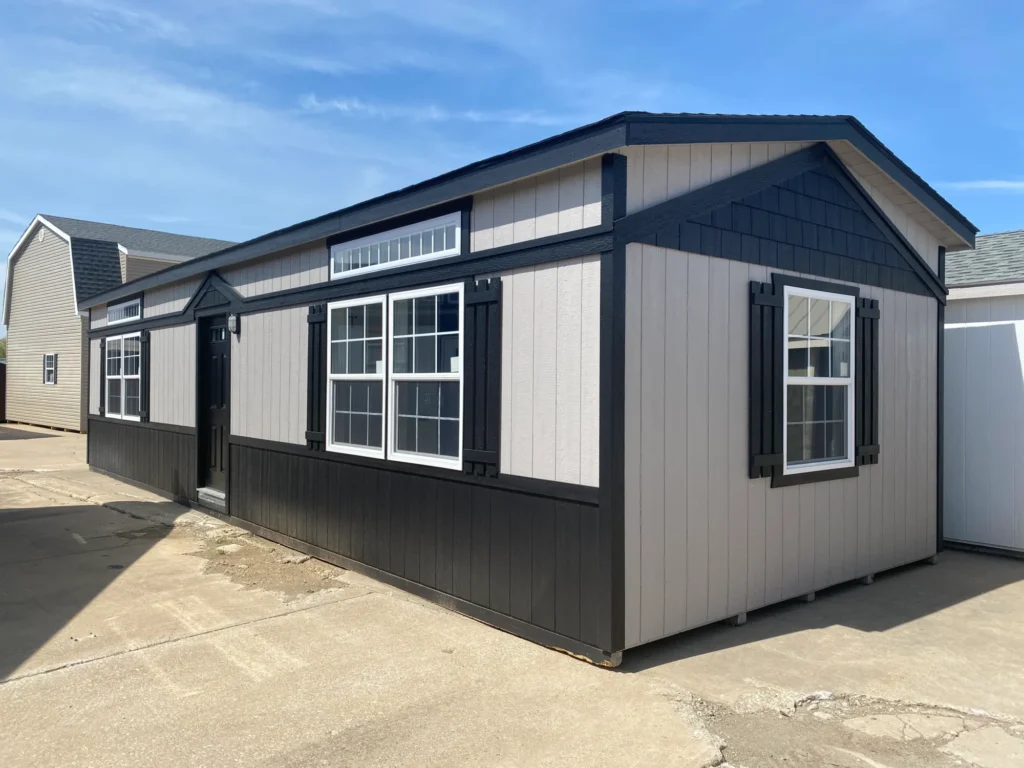
Why People Choose Off Grid Living
People are drawn to it for a variety of reasons:
- Environmental Responsibility: Reducing reliance on fossil fuels and lowering carbon footprints.
- Financial Freedom: Eliminating monthly utility bills and often living mortgage-free.
- Self-Reliance: Building skills and systems that ensure independence from fragile public infrastructures.
- Simplicity and Minimalism: Living with intention, cutting unnecessary consumption, and focusing on essential needs.
- Privacy and Seclusion: Escaping crowded urban environments for quieter, more natural surroundings.
Off grid living offers empowerment, resilience, and fulfillment—but it also demands planning, hard work, and adaptability.
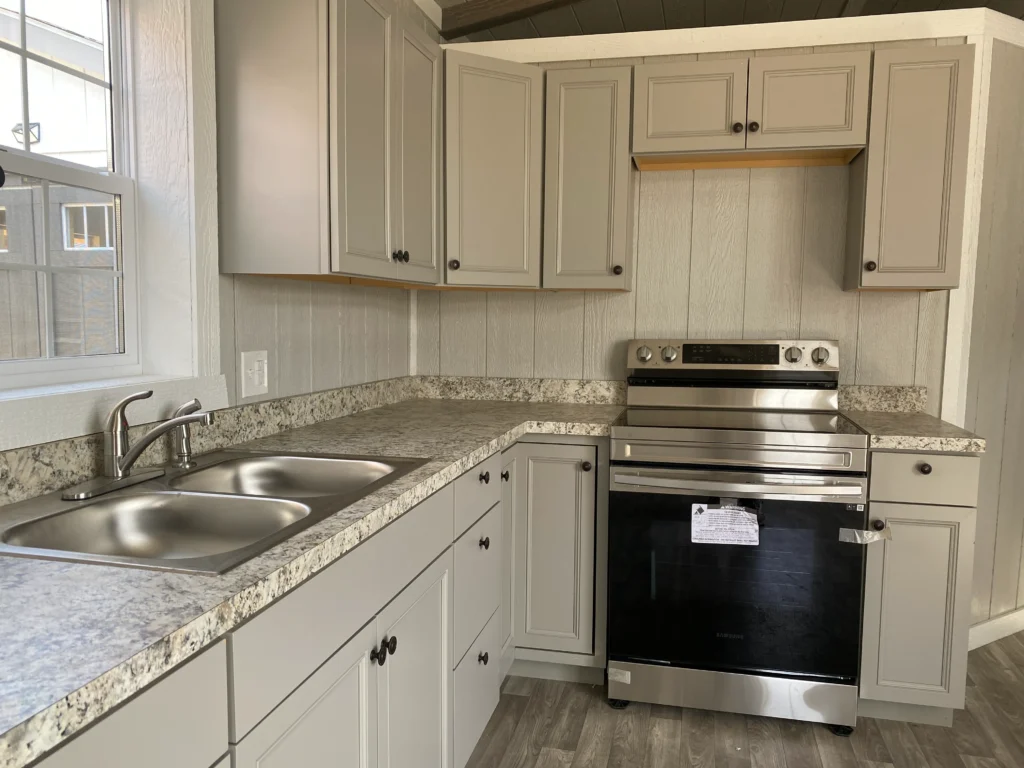
Challenges of Off Grid Living
While the benefits are significant, challenges must also be considered:
- Initial Setup Costs: Solar systems, battery banks, water systems, and efficient shelter can require significant upfront investment.
- Maintenance: All systems—energy, water, waste—require ongoing maintenance and troubleshooting.
- Isolation: Depending on location, off-grid living can lead to feelings of loneliness or disconnection.
- Learning Curve: Skills in plumbing, electrical work, gardening, and mechanical repair are often necessary.
- Weather Dependence: Solar and water systems are influenced by local weather conditions, requiring backup plans for extreme situations.
For those who prepare properly, these challenges are manageable and even part of the rewarding nature of off-grid life.
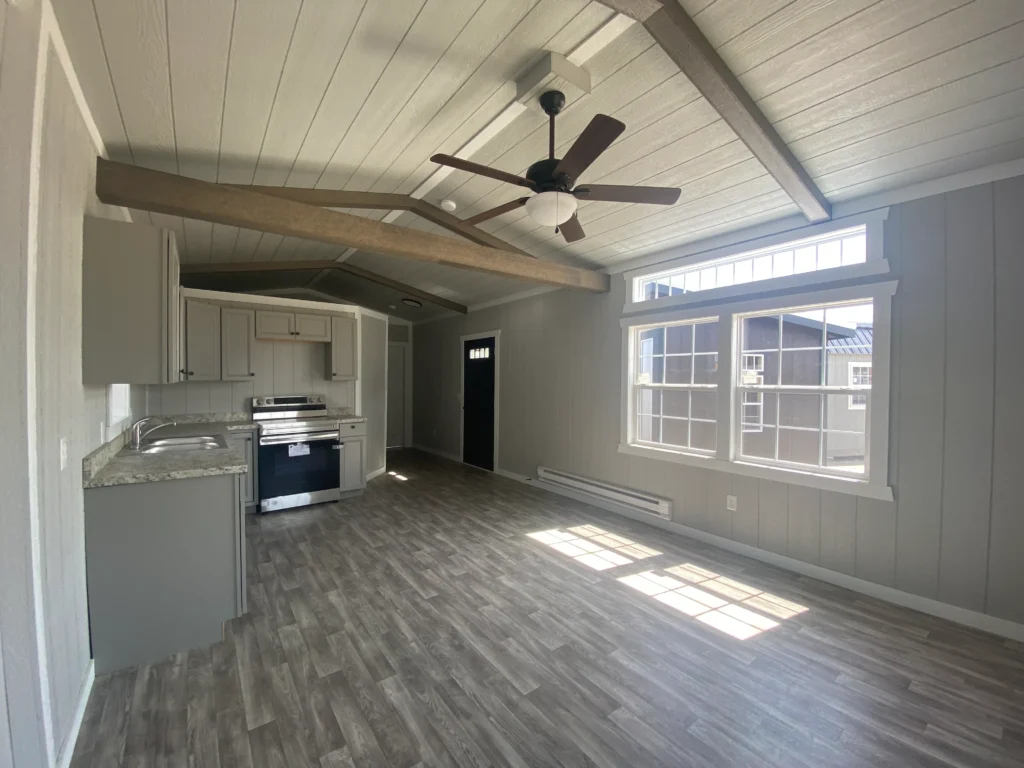
Is Off Grid Living Legal?
In most parts of the United States, off grid living is legal—but local zoning laws, building codes, and utility requirements vary widely. Some areas encourage alternative living models; others impose restrictions on things like septic systems, water collection, or dwelling sizes.
Before starting your off-grid journey, it’s essential to:
- Research local regulations
- Secure necessary permits
- Plan structures and systems to code
Choosing off-grid-friendly locations greatly simplifies the process. Rural counties and agricultural zones tend to be more accommodating.
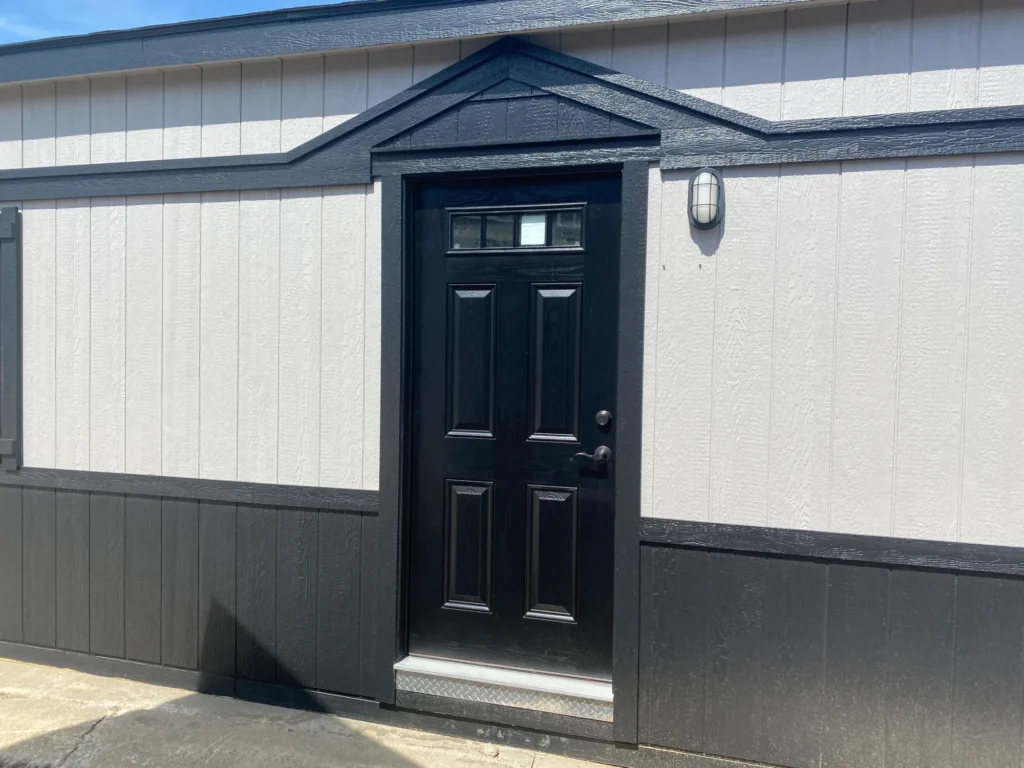
Modern Off Grid Technologies
Today’s off-grid living is enhanced by technology:
- Solar arrays paired with lithium-ion battery banks
- Rainwater catchment with UV filtration systems
- Composting toilets and eco-friendly waste disposal
- Energy-efficient appliances and LED lighting
- Satellite internet services like Starlink
These advancements make living off the grid more comfortable, reliable, and sustainable than ever before.
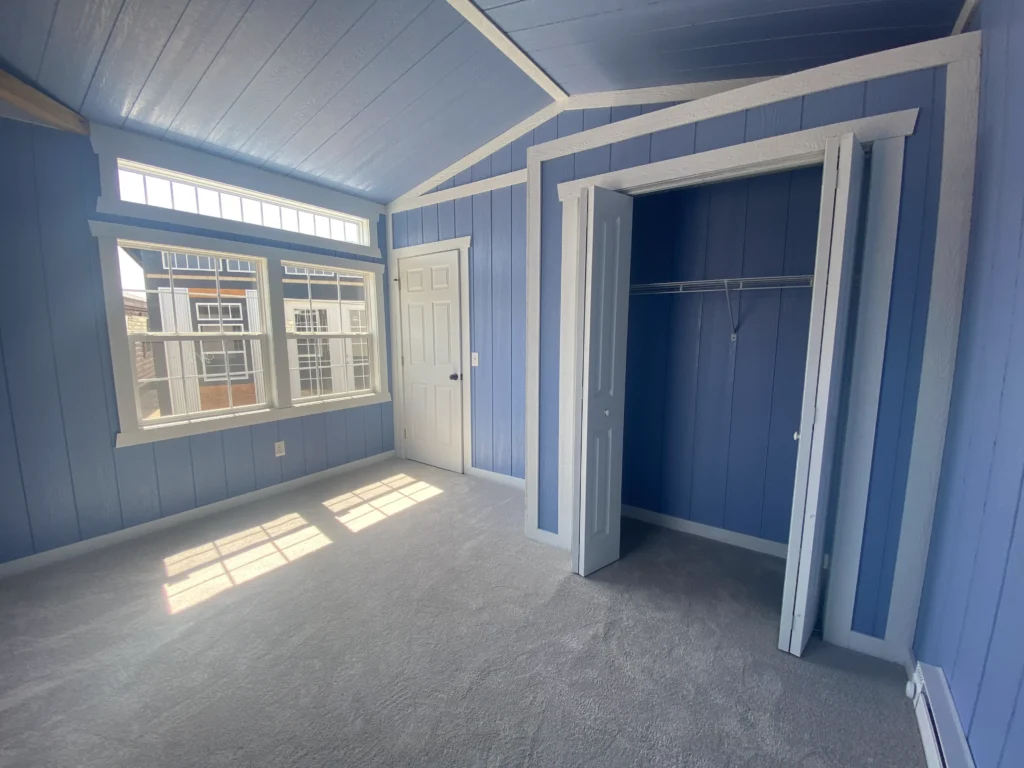
Building Your Off Grid Home
Starting with the right structure sets the foundation for successful off-grid living. Prefab cabins and cottages from Ohio Cabins & Structures are ideal for this purpose. Their durable, customizable homes are designed to accommodate solar setups, efficient heating, and water independence.
Whether you’re seeking a full-time homestead, a seasonal retreat, or a family getaway, partnering with experienced builders ensures your home meets the unique demands of off-grid life.
Learn more about solar-ready prefab cabins and customization options by visiting Ohio Cabins & Structures.
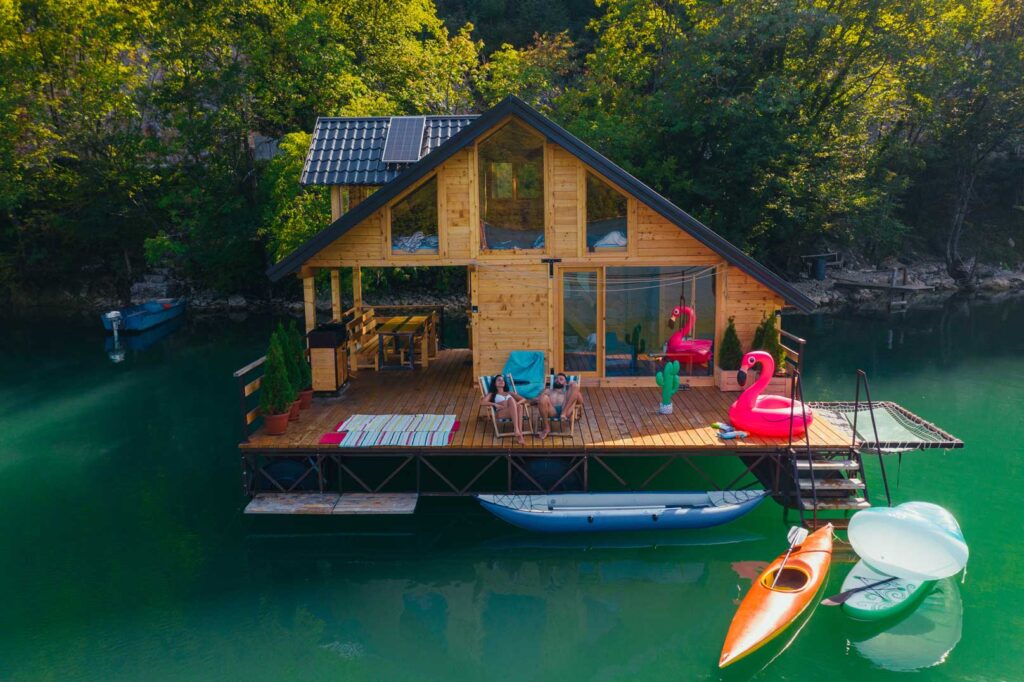
Conclusion: What Does Off Grid Living Mean
Off grid living means building a life of independence, resilience, and intentional simplicity—powered by your own resources and efforts. It involves thoughtful planning, sustainable practices, and a mindset focused on adaptability and self-sufficiency.
With the right preparation, structures, and systems, it can be incredibly rewarding, offering freedom from modern constraints and a closer relationship with the land and yourself.
